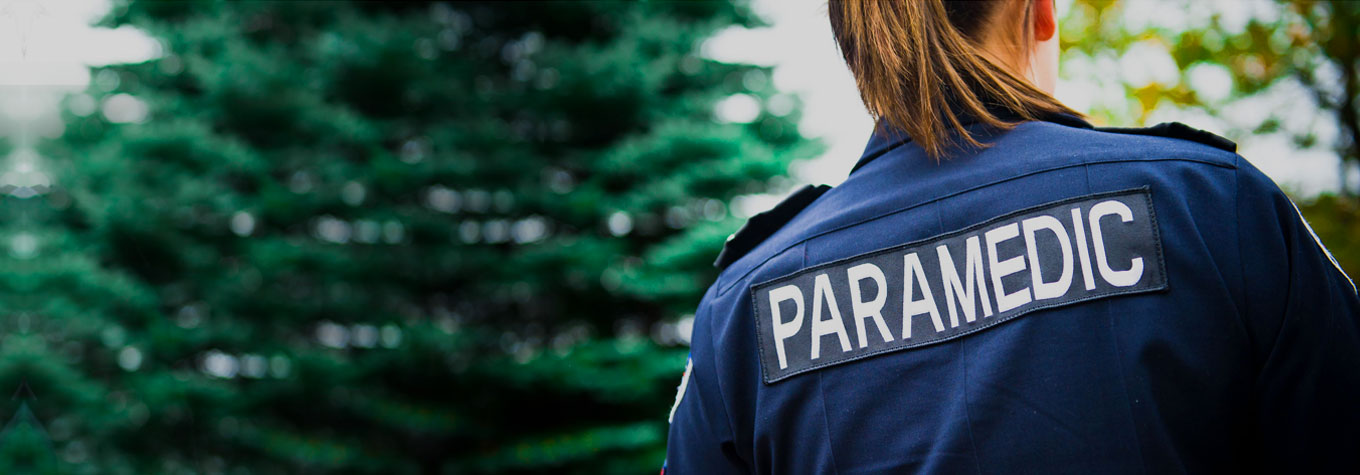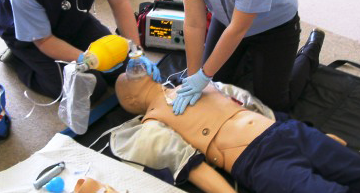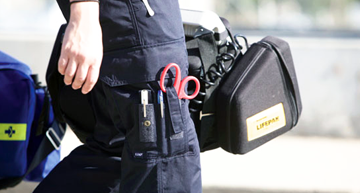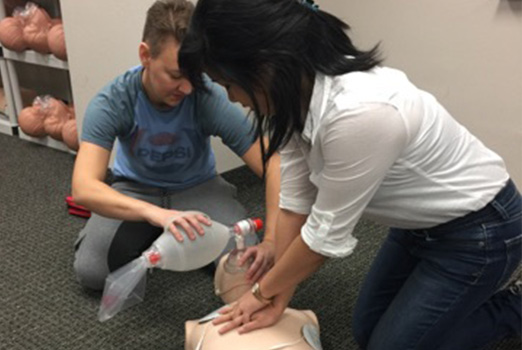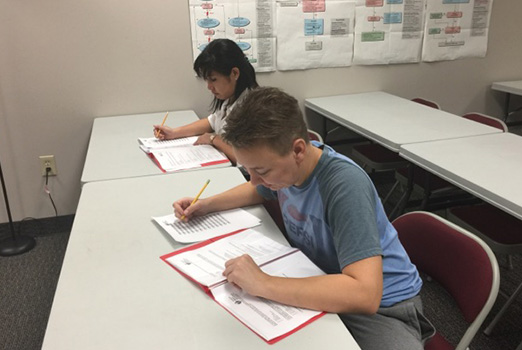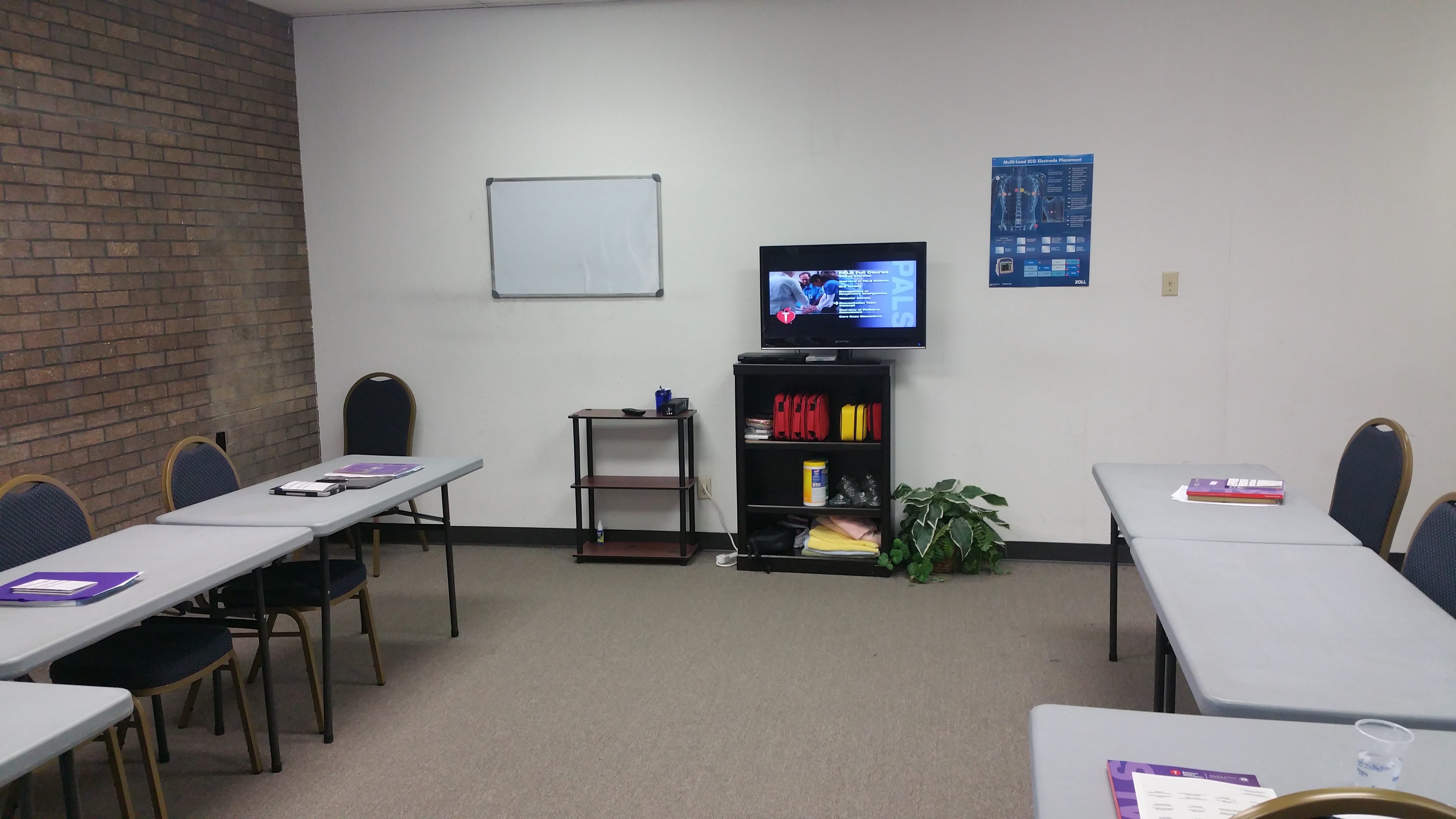Considering BLS training, but not sure whether it’s right for you? Having the tools at hand to deal with a variety of emergency situations can be extremely useful in just about any walk of life. If you haven’t already learned to handle all the situations covered by Basic Life Support training, you stand to gain something very precious. Here are the things you’ll learn in most BLS courses:
Recognize an emergency and alert medical services : The first link in the four link “chain of survival” identified by the AHA and other medical organizations in the United States. You’ll learn to spot an emergency early in the event and immediately alert any emergency medical services necessary before valuable time has been lost.
CPR :Once the authorities have been alerted, individuals with BLS training will be ready for the second of the four links, CPR, if the situation warrants it. Students will learn the latest CPR techniques, designed and studied for the greatest potential benefit to the patient.
Defibrillator use : Students who have completed their BLS training will also be ready for the third link of the chain of survival, early use of a defibrillator in situations warranting such use. The training will include usage of an AED and the technique for mixing analysis with CPR to identify situations where a shockable rhythm has arisen.
Other emergency care : Students of a BLS course will also learn basic care for a variety of situations including drowning, cardiac arrest, respiratory arrest, airway obstruction, etc.
Students who complete BLS training will also have a foundation ready for Advanced Life Support training.






